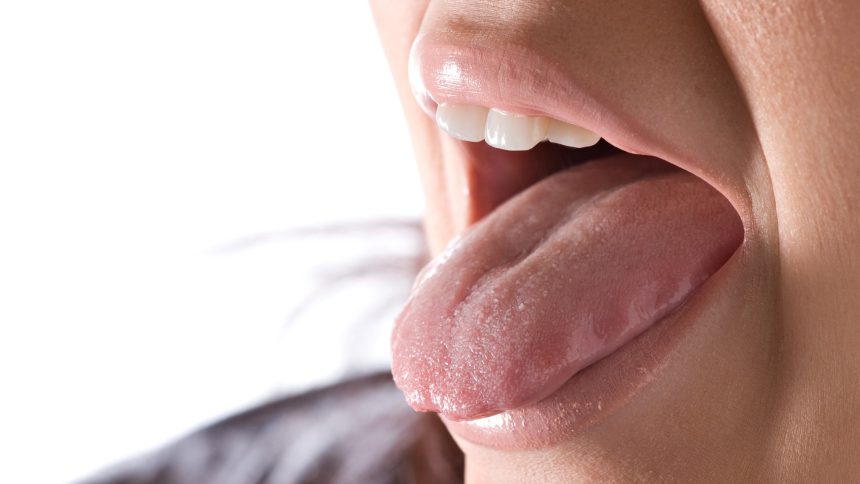Innovative AI Model Revolutionizes Disease Diagnosis Through Tongue Analysis
A groundbreaking artificial intelligence (AI) machine learning framework has emerged, capable of diagnosing various medical conditions with remarkable precision by examining a patient’s tongue. This advanced technology, although modern in its execution, is deeply rooted in traditional medical practices that have existed for over two millennia.
The Tongue as a Diagnostic Tool
Historically, disciplines such as traditional Chinese medicine have employed the tongue as a diagnostic instrument. The characteristics of the tongue—its hue, form, and thickness—can offer significant insights into an individual’s health status. These indicators can range from severe ailments like cancer to chronic diseases such as diabetes and even respiratory issues like asthma or digestive problems. Following centuries of observation by medical practitioners, this new AI innovation proposes to supplement their expertise with machine-driven insights.
Centuries of Wisdom Underpinning Modern Technology
As outlined by collaborative researchers from the University of South Australia (UniSA) and Iraq’s Middle Technical University (MTU), “The distinct traits found in human tongues correlate closely with various internal organ functions; they serve effectively in identifying illnesses and tracking their development… Among these factors, tongue coloration holds paramount importance,” according to their recent findings published in the journal Technologies.
Diverse Diagnostic Indicators Identified
Ali Al-Naji, a leading author on the study and adjunct associate professor at UniSA’s Department of Medical Instrumentation Techniques Engineering, provided several revealing examples during an announcement made on August 13th.
- Diabetes: Often presents with a yellowish hue on the tongue.
- Cancer: Typically associated with a deep purple shade accompanied by thick greasy layers.
- Stroke: Patients usually show an irregularly shaped red tongue.
- Anemia: Can be indicated by a white appearance on the tongue.
- Asthma & Vascular Issues: Indigo or violet tones may suggest underlying gastrointestinal problems alongside respiratory concerns.
- COVID-19 Severity: Recent observations note that severely impacted patients display deep red tongues as potential markers for acute cases.

The Machine Learning Process Explained
Following established procedures used in similar visual recognition algorithms, Al-Naji’s team developed their unique system through vigorous training across two primary datasets. Initially incorporating 5,260 images featuring seven distinct colors under varying illumination conditions—300 “unhealthy” instances contrasted against 310 “healthy” samples—they created robust training sets. Subsequently, cooperation between two Iraqi teaching hospitals allowed real-time training sessions utilizing 60 diverse photographs showcasing healthy tongues alongside those affected by different diseases such as fungal infections and anemia.
The Testing Phase: Evaluating Accuracy and Effectiveness
During practical evaluations involving live subjects both healthy and unwell volunteers positioned themselves approximately 20cm away from a USB-connected webcam tasked with scanning their tongues. The results were remarkably precise according to Al-Naji’s department’s assessments.
“Our proposed model demonstrates exceptional capability in identifying diverse health conditions characterized by visible changes in coloration across patient tongues,” they assert within the study’s conclusion. In one set involving 60 images examined during testing stages alone—the program achieved commendable accuracy rates exceeding 96 percent overall while some trained models recorded accuracy levels surpassing an impressive 98 percent.”
A Vision for Future Applications
The research team underscores that these trials highlight promising possibilities for integrating similar or enhanced AI systems into healthcare settings worldwide aiming towards establishing cost-effective solutions that ensure reliable diagnostics while maintaining user-friendly experiences throughout each screening process.”
The information derived from this innovative study can be explored further through sources like Popular Science.






